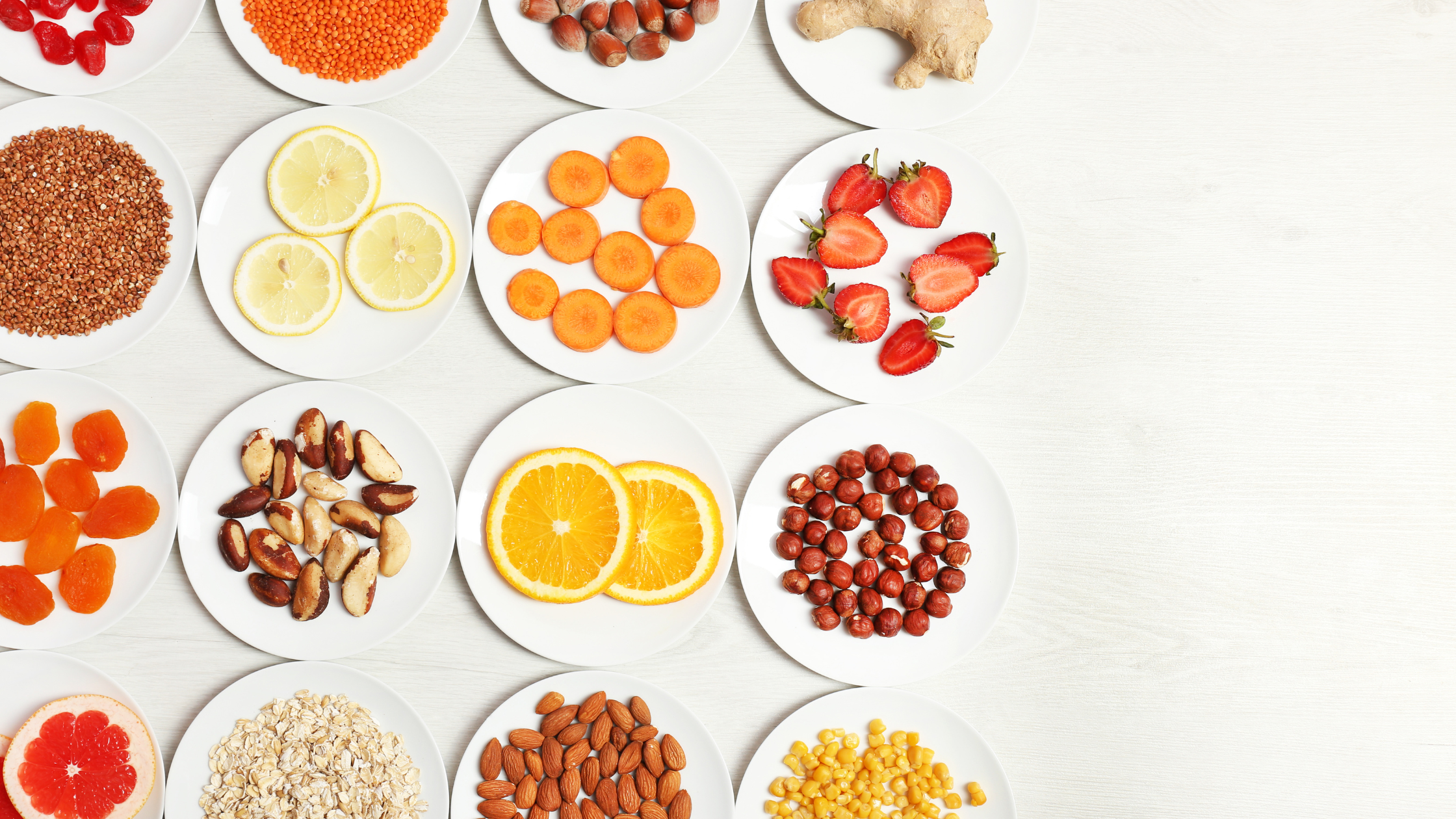Estrogen is a critical hormone for women, helping to control the menstrual cycle and maintain female characteristics like breasts. Additionally, it helps control cholesterol, glucose, and fat metabolism (plus so much more!). Sounds good, right? Unfortunately, like anything, you can have too much of a good thing. Hormonal balance is critical.
Too much estrogen or estrogen dominance is an imbalance of estrogen in the body compared to progesterone – our other superpower female hormone – which helps to balance out the estrogen.
Do you have any of these symptoms of estrogen dominance?
Excess weight (especially around the hips)
Increased PMS symptoms
Fibrocystic lumps in the breast tissue
Swelling of the breasts
Mood Swings
History of varicose veins/fibroids
Ovarian cysts
Endometriosis
How do we become estrogen dominant?
- We either make too much of it
- Or we acquire it (via diet and environment).
Today we are going to tackle the latter – the ways we can acquire estrogens from our diet and environment, and how to reduce this exposure. Let’s do this.
What are xenoestrogens?
These are man-made foreign compounds that can actually mimic estrogen in the body in both men and women. They can accumulate and be stored in tissues, especially fat, and are often present in conventional body care products, plastics, pesticides, and can be found in foods like non-organic dairy and meat.
Why should we care?
Very simply, these man-made, synthetic estrogens can compete with the body’s natural ebb and flow. Xenoestrogens “interfere with the synthesis, secretion, transport, binding, action, or elimination of natural hormones in the body that are responsible for the development, behavior, fertility, and maintenance of homeostasis”. In case you missed that last bit, xenoestrogens can have a major impact on the body including fertility!
How we are exposed
Body care
Conventional body care is notorious for containing synthetic chemicals that have been shown to impact our endocrine and reproductive systems. Some sources estimate that humans face exposure to upwards of 10,000 chemicals in a lifetime. That is unsettling, to say the least. The constant insult and exposure from these industrial compounds can have major impacts on male and female hormonal systems.
Pro tip: start to sort through your conventional body care – for example, shampoo, make-up, antiperspirants, and replace these with something natural – or maybe ditch it altogether. Over the last 5 years, I have seen a major shift in personal care products and more companies are placing a greater emphasis on cleaner ones. My current go-to brands for deodorant are Penny Lane and Routine. As a nutritionist, I also use The Environmental Working Group as a great source of information on product toxicity. To get started on your journey towards a xenoestrogen-reduced lifestyle, download my simple homemade facewash and body butter recipe here 23]
Food storage
Storage and transport of food is another way xenoestrogens can enter our bodies. This, plus at-home use of plastics for storage, heating, and cooling of foods, can compound the exposure. A joint landmark study entitled “State of the Science of Endocrine Disrupting Chemicals”, conducted by The World Health Organization and The United Nations Environment Program, reported on culprits like Polychlorinated Biphenyls (PCB’s), phalates, and Bisphenol-A and linked them with serious, fertility-related health problems. According to the research, “Effects on these systems can lead to obesity, infertility or reduced fertility…”
Pro tip: Consider using only glass or high-quality food-grade stainless steel for storage. Ditch the plastic wrap for alternatives like reusable beeswax wraps and just for an added step, replace your vinyl shower curtain with a fabric option.
Food
Additionally, xenoestrogens can also enter food production. These stabilizers are often added to processed foods to help make them more shelf-stable. Ever wondered why wonder bread never seems to get moldy?
This, plus the pesticides, and other substances sprayed on conventional produce may interfere with female hormonal function. There is a lot of research in this area showing it may also lead to negative effects on the reproductive system through disruption of the hormonal balance necessary for proper functioning.
Clearly, this would seem like a no-brainer but as often as possible, opt for whole, fresh, organically grown produce, and organic or wild meats, fish, and dairy. I get that not everyone has access to organic foods – in this case, make sure you are scrubbing everything well and avoiding processed foods like fast food, ready and shelf-stable packaged foods.
Estrogen dominance is picking up steam in the fertility space. More women are being diagnosed with it. If this is the case for you, then it’s time to take a hard look at your lifestyle and what you can do to help reduce exposure to these xenoestrogens and support your body in the elimination of them. More on this coming soon!




